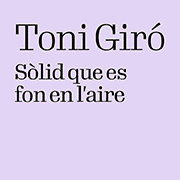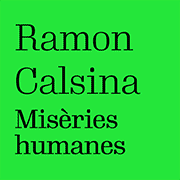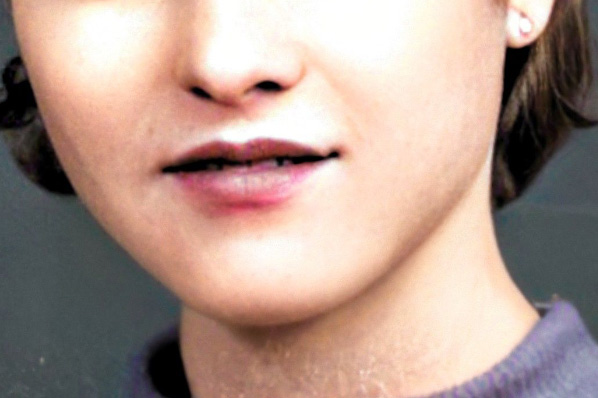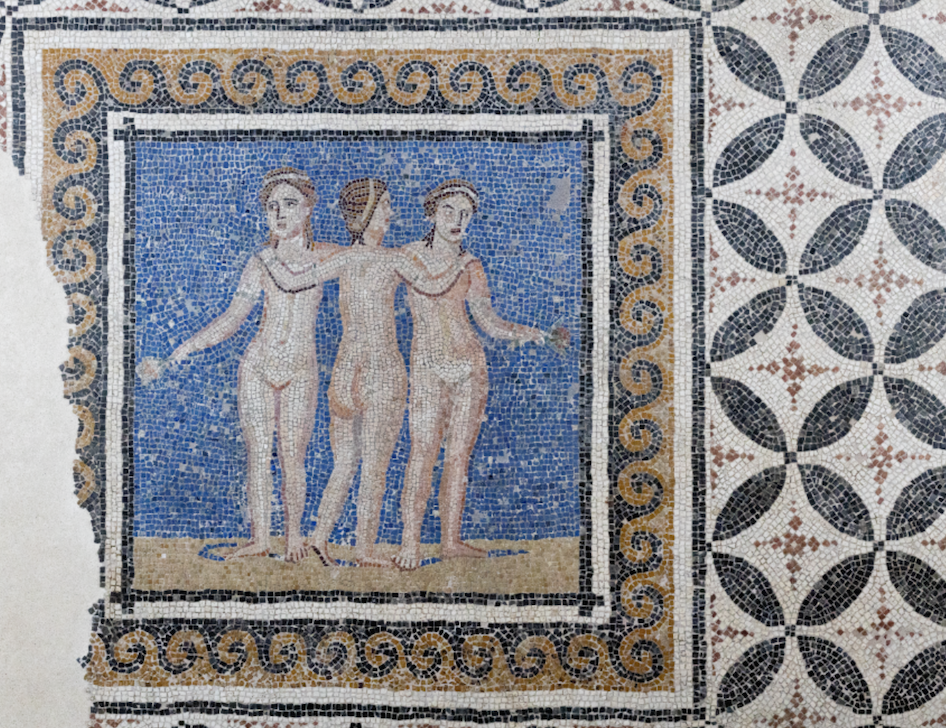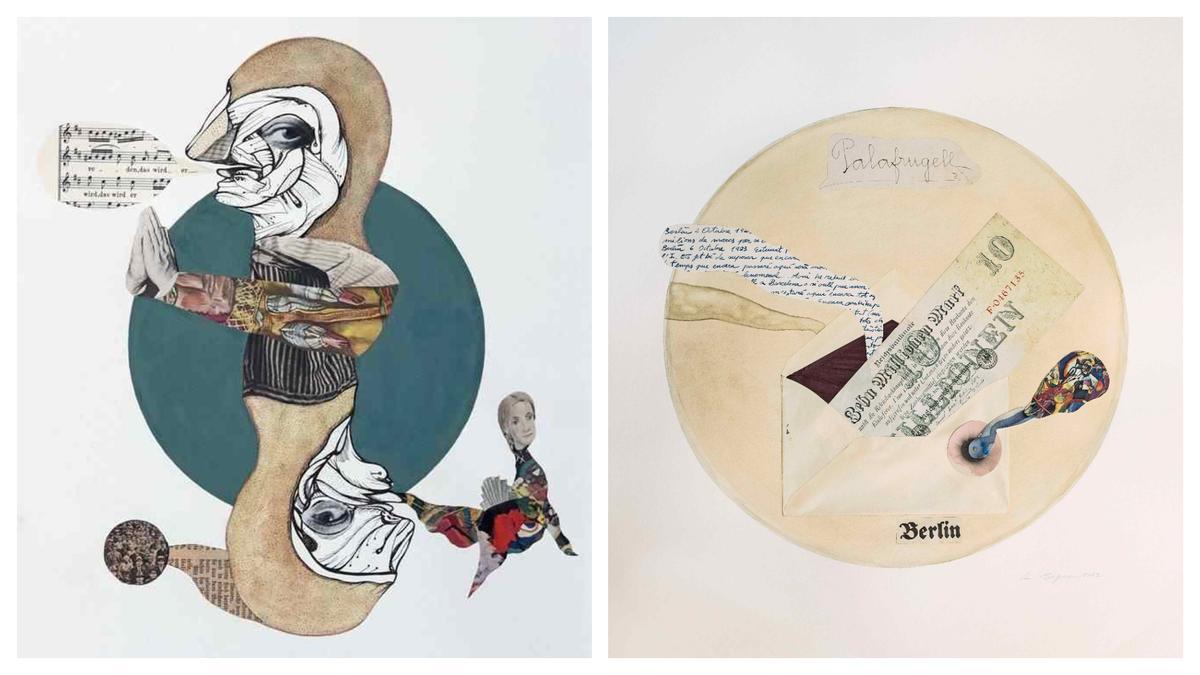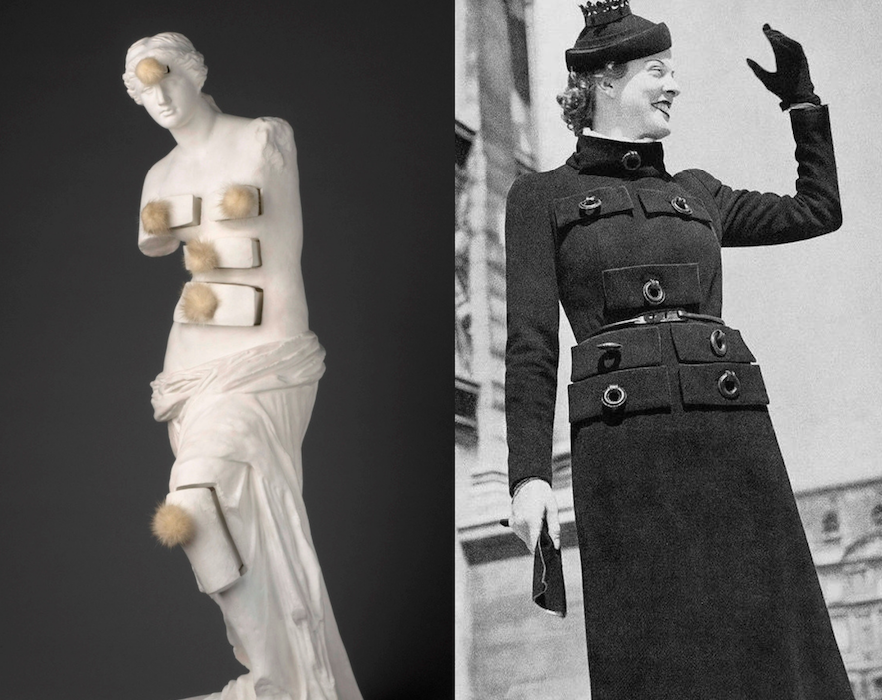Opinion
Subirachs, draftsman of volumes
Josep Maria Subirachs is one of the most prominent Catalan sculptors of the second half of the 20th century
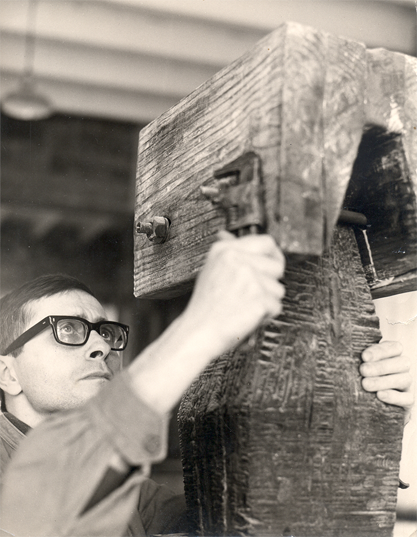
Josep Maria Subirachs was a charismatic and peculiar artist, his sculptures have their own stamp that makes them unmistakable and recognizable at first glance, despite the fact that each one has its own personality and the use of a great diversity of materials, textures and finishes. The Passion facade of the expiatory temple of the Sagrada Família in Barcelona is the sculptural ensemble for which it is most remembered, given the controversy that is generated when confronted with the sweet aesthetics of the Nativity facade designed by Gaudí. But he argued with great reason the harshness of the geometric treatment of the sculptures and the strong influence of Cubism, basing it on the cruelty of the theme of the death and passion of Jesus, a narrative totally opposed to that of his birth, much more naïve, pastoral, recreated by Francesc d'Asis in the nativity scene of Greccio, the small town where it was staged for the first time eight hundred years ago.
The great European cathedrals are creations that took a long time to complete, several generations are recognized as promoters and others make their own the spirituality they emanate, enriching and dressing their interior with altarpieces and tapestries. The portals are real stone books where the multitudes and pilgrims have read and recognized the episodes of the Bible, the characters of the Old Testament, the narratives of the journeys and vicissitudes of their protagonists, the chosen people. Subirachs has left us a great narrative in each of his sculptures integrated into the public spaces where they have been placed, the closest example being the gigantic letters that make up the name SITGES, at the entrance to Can Robert park , it seems as if they have always been there. But could we think of them in some other location? Like the change of location that you want to do with the Joan Miró (and Josep Llorens Artigas) mural at El Prat airport? Can we imagine the letters SITGES in another place?
Subirachs was born in Poble Nou, the maritime neighborhood of Sant Martí de Provençals called the Catalan Manchester because of the large number of factories, especially textiles, that were there. His father was an operator in a dye factory and his mother was Josepa Sitjar Ferrer, this surname connects him with Sitges where he exhibited several times. One of his best friends was the photographer Joan Iriarte Ibarz (1936 – 2018), who settled in Sitges around 1993. Iriarte documented the creative process of Subirachs, starting with the drawing and continuing with the engraving plates, with the gradations which give a feeling of relief and volume. Iriarte devised a tribute sculpture to the initiators of the Sitges Film Festival, a machine from which you can see the other postcard of Sitges, that of the hermitage of Sant Sebastià and the cemetery.
One of the best collections of this artist is that of Angels Andreu Casalta, Sra. Pi, owner of the Ágora 3 art gallery in Sitges. The sculptures from the first period, such as Madame Celini, La Femme a la plage or the Tower of Babel, are unique pieces that have been lent for retrospective exhibitions such as that of the Vila Casas Foundation in 2022. Sitges also has another important col · collection of Subirachs permanently exhibited at Hotel Estela Barcelona at the entrance to Port d'Aiguadolç.
The monastery of Montserrat is another essential place in the universe of Subirachs because there are numerous monumental works that can be enjoyed there, especially the monument to Ramon Llull, the cross of Sant Miquel, Sant Domènech, Sant Jordi as well as the Santíssimo chapel inside the basilica. The work Ariadne and Hermes, initially exhibited on the facade of a bank in Passeig de Gràcia, is currently exhibited in Montserrat. The Montserratí museum shows other interesting and unmistakable pieces by the great artist who was Josep Maria Subirachs, such as the so-called Family, a transfer in deposit from the Pinnae foundation of Vilafranca del Penedès. Sitges continues to be a point of reference in the work of Subirachs.


